Indulge in the history of Incas on the full day trip to the only remaining Inca rope bridge built entirely of grass ropes – Qeswachaka Inca Bridge. Pronounced as Keshwa Chaca, the bridge is located in Canas Province in Quehue district near Cusco.
The suspension bridge connects two communities on either sides of the Apurimac river. This was a prominent part of Incas roadway system also known as Qhapaq Nan. The Inca roadway system was built to enhance the connectivity among different parts of the massive Inca Empire.
Qhapaq Nan spans over 25000 miles. At places where Incas could not build roadways due to geographical challenges they built rope bridges. Qeswachaka is one of the last and only surviving bridges built by Incas.
It is 33 metres long and 1.20 metres wide. The bridge is suspended 15 metres above the Apurímac River.
People from the four surrounding communities gather in June every year to refurbish the bridge. This is a four days event. It is recognised by NOVA and BBC. In 2009, the Peruvian government declared Qeswachaka Inca Bridge as a cultural heritage site.
This is fairly a new attraction and is a popular full day trip from Cusco, just as Rainbow Mountain.
| DEPARTURE | Cusco | ||
| ARRIVAL | Qeswachaka Inca Bridge | ||
| INCLUDED |
|
||
| NOT INCLUDED | Anything not mentioned under “Included.” Tips |
Your expenses on site
Allow an average of $25/day for meals (except when included) and drinks. This amount may vary depending on your choice of restaurant. Also include an amount for souvenirs that you would like to take away as well as for your personal expenses.
Cusco - Qeswachaka Inca Bridge - Checacupe
We will be picking you up from your hotel in Cusco early in the morning. It is about 4 hours from Cusco to reach this suspension bridge via the Urcos road before branching off towards the 4 lagoons. The landscapes are impressive and we will pass along lagoons more beautiful than the others. The four lagoons: Pomacanchi Lagoon (known for the trout that is fished there), Acopia (where we can observe wild ducks and pelicans), Asnaqocha and finally Pampamarca (the highest lagoon – 3,750m – of fresh water and a resting place at certain times of the year for flamingos).
Finally, we will arrive at the famous Q’eswachaka suspension bridge made of braided straw. This footbridge, with a century-old tradition, connects 4 farming communities that each year, around the month of June, join together to weave the ropes that will form the new bridge. Our small group will take a picnic by the river gorges while enjoying the beautiful view. Then, one by one we will cross the bridge!
In the middle of the afternoon, we will leave in the direction of Cusco. We stop on the way at the three bridges of Checacupe. In this small village there are three bridges from different periods, positioned next to each other. The oldest one is the Inca suspension bridge, then the Colonial bridge, made of stone, and finally the Republican bridge with an iron frame that allows cars to cross from one bank of the river to the other.
End of our services when we return to Cusco.
Tourist season
The climate varies greatly according to the regions travelled through. From April to November, the sky is clear, although light rains are always possible. In altitude, it is pleasant during the day and cold at night. So bring warm clothes, even if you can walk around in a T-shirt during the day. Beware of the sun, which is strong at high altitudes, and bring a hat, sun cream and sunglasses.
Customs formalities
No visa is required for stays of less than 90 days. You must travel with a passport that is still valid for 6 months after your stay.
Health
When visiting high altitude areas, adverse effects such as headaches, nausea, insomnia and fatigue affect some people. However, the trip is designed to allow our body to adapt gradually (increase in red blood cells).
All major cities have modern private clinics with care comparable to what we have in Europe. However, you have to pay on the spot and then ask for reimbursement from your health insurance company.
We advise you to check whether your insurance covers medical costs in the countries you visit and if not, to seek reimbursement. Repatriation insurance is compulsory.
Currency / Credit Cards
Dollars and euros are accepted in the shops of the big cities. There are exchange houses everywhere. However, it is better not to carry large sums of money with you.
Credit cards are accepted in all ATMs (visa, mastercard, diners, american express). The commission of the bancomat is between 5 and 10USD.
Tips
In the service sector, it is normal to leave a tip when you are happy with the service. Between 5 and 10% of the value of the service is usual.
Physical preparation
Whenever you travel, remember to keep fit. Even for “Discovery” trips, by preparing yourself physically you will adapt more easily to the altitude and enjoy your discoveries.
For trekking trips, develop your endurance by running or practicing your endurance several times a week.
Material to take with you
| Passport and 2 copies | Visa (if necessary) | Travel Insurance (mandatory) and copy |
| Air tickets and copy | Certification Vaccination Yellow fever (if visiting the Amazon) | Currency in USD., Euros or local |
| 1 large bag and 1 small bag (preferably backpack or duffel) | Camera | Binoculars |
| Reading/writing materials | Flashlight | 2 comfortable trousers (trekking type) |
| 1 pair of shorts, 3 T-shirts, 1 big sweater | Warm underwear | Cap |
| Waterproof and warm jacket | Good shoes | Small towel and bath business |
| Toilet kit | Protection against sun and insects | Medications you usually take |
Basic first aid kit (bandages, disinfectant, tape, 1 pain reliever, 1 disinflammatory, immodium, broad spectrum antibiotic, mosquito repellent, lip stick)
Vaccines
You must be up to date with Tetanus, Hepatitis and Typhoid (Yellow Fever when visiting the Amazon).
We personalize all our trips according to your wishes! Tell us more!
Share this itinerary on your favourite social medias!
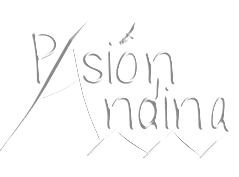
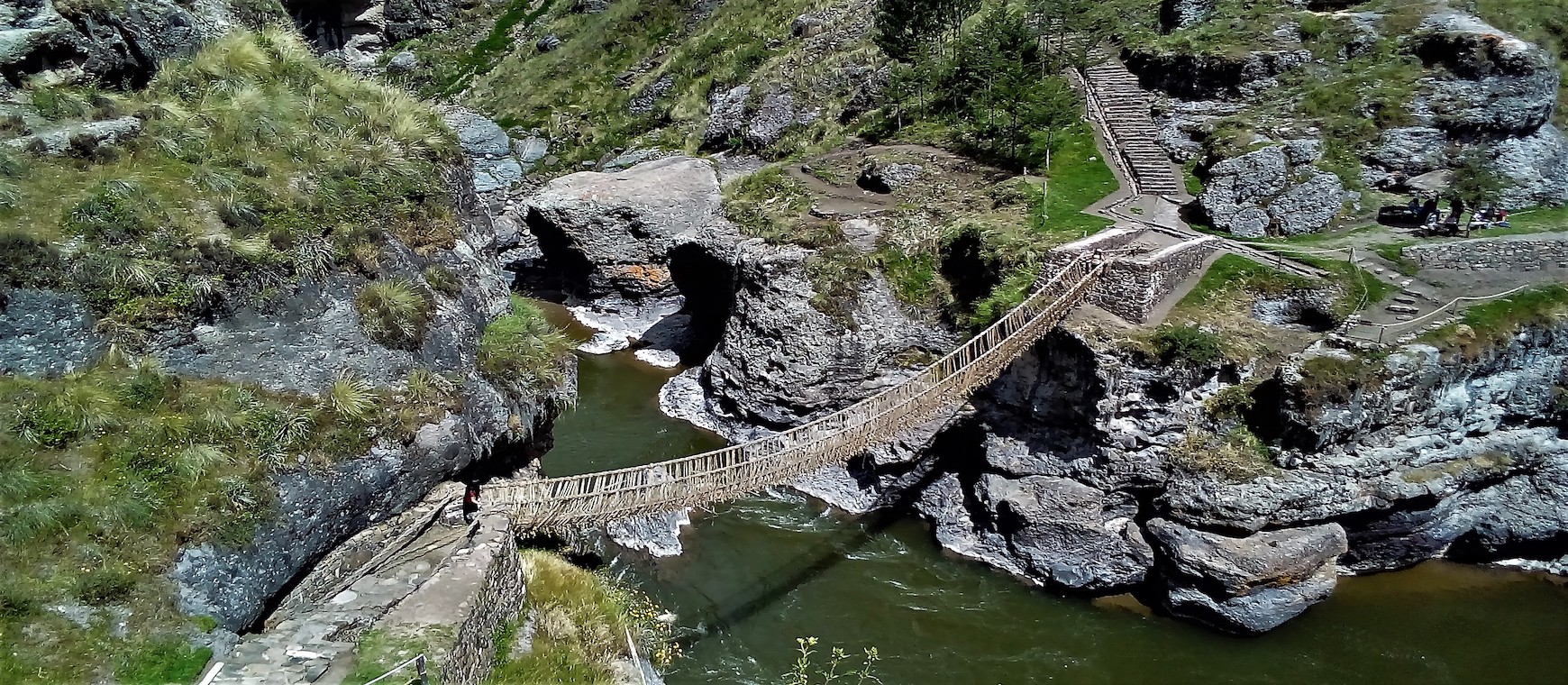
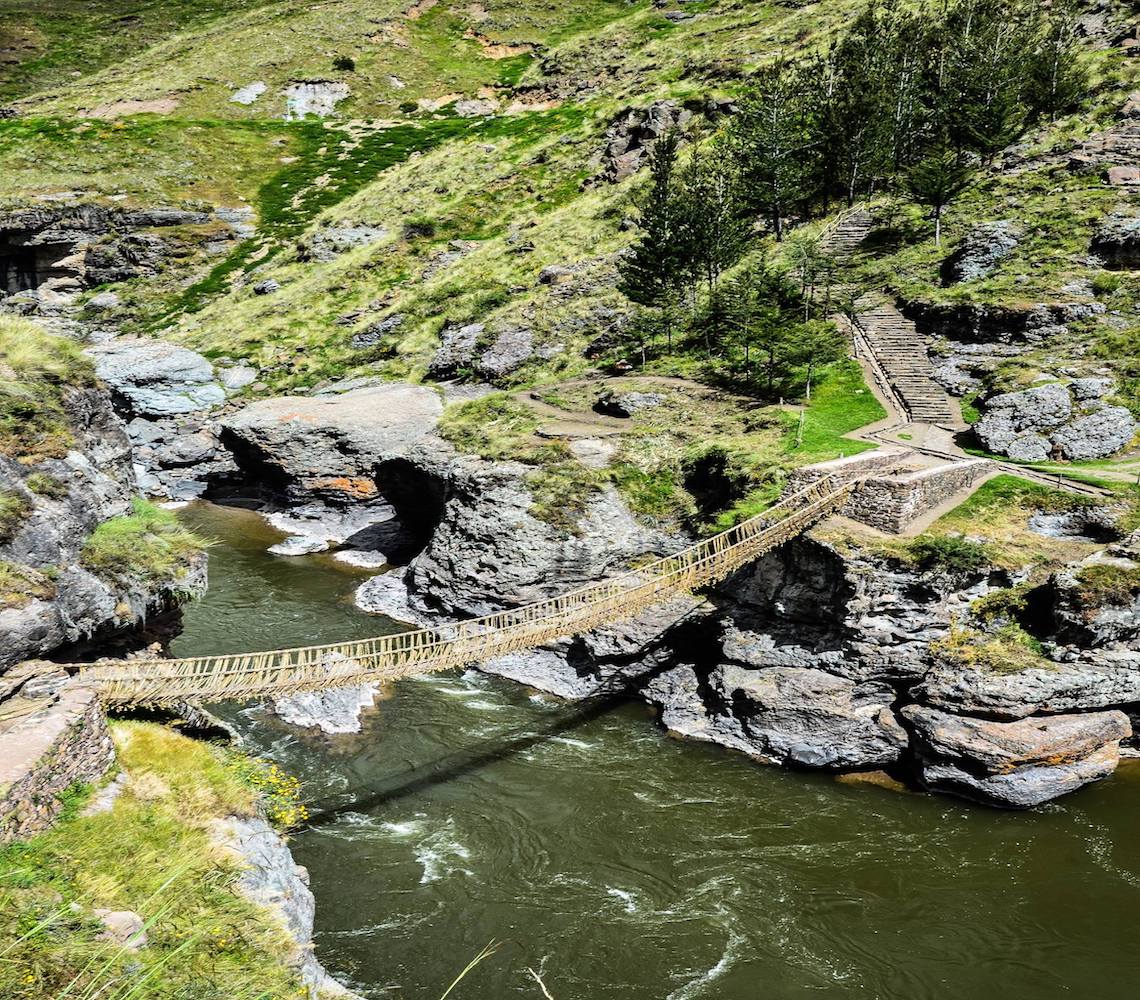
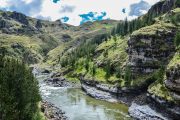
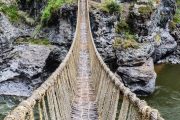
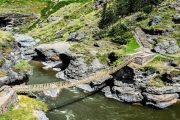
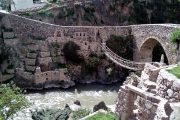
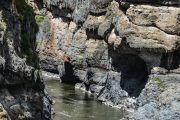

Tour Reviews
There are no reviews yet.
Leave a Review